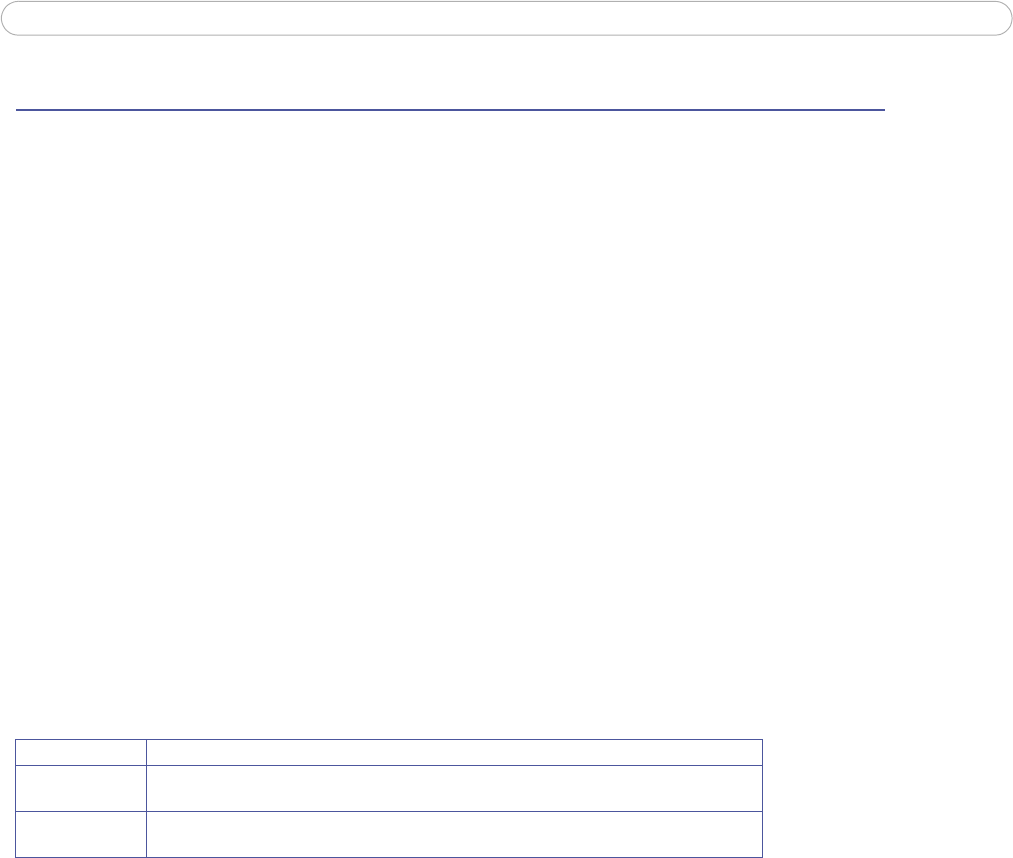
35
AXIS 213 PTZ
Connection Module
The connection module is an optional accessory configured and controlled via the camera user interface.
When connected to the camera it provides the following connections:
• SERVER - for the connection to the AXIS 213 • AUDIO IN/OUT
• 2 Digital inputs • 3 Relay outputs
• VIDEO IN • VIDEO OUT
• RS-232C serial port
AUDIO IN/OUT
1. Connect an electret microphone (not supplied) to the AUDIO IN socket.
2. Connect a loudspeaker (not supplied) to the AUDIO OUT socket (amplified speakers only).
Inputs and outputs (I/Os)
The I/Os are used in applications for, e.g. event triggering, time lapse recording, alarm notification via
email, and image storage to FTP locations.
• Input - for e.g. a pushbutton. If the button is pressed, the state changes, and the input will be active
(shown under Event Configuration > Port Status).
• Output - for e.g. an alarm device that can be activated from output buttons on the Live View page, or as
an action for an Event Type. If the alarm device is activated, the output will show as active (under Event
Configuration > Port Status)
Connect to GND to activate, or leave floating (unconnected) to deactivate.
Active output, electrical connection between A and B. Non-active output, no connection
between A and B. Imax=100mA, VMax=24V
VIDEO IN
This input can be used to connect an external analog camera. It will then be possible to display the images
from this camera in the AXIS 213’s web pages.
Only one image source at a time can be displayed. This is selected from System Options > Advanced >
Plain Config. Open the group ImageSource and then set the ImageSource IO Video Connector to BNC for
the external camera. Setting this to YC will instead show the images from the AXIS 213 itself.
VIDEO OUT
Via the standard BNC connector, this output allows the AXIS 213 to be connected directly to a traditional
CCTV system. Note that to display the image from VIDEO OUT with the correct orientation, the AXIS 213
must be ceiling mounted.
RS-232C
This port can be used for generic TCP/IP or HTTP communication, and is intended for use by advanced
applications and users only. The port can configured in the Serial group (set Port 1 Usage to the required
protocol) in System Options > Advanced > Plain Config.
I/O Description
Alarm In 1,2
Alarm GND
Alarm Out
1A,1B;2A,2B;3A,3B


















